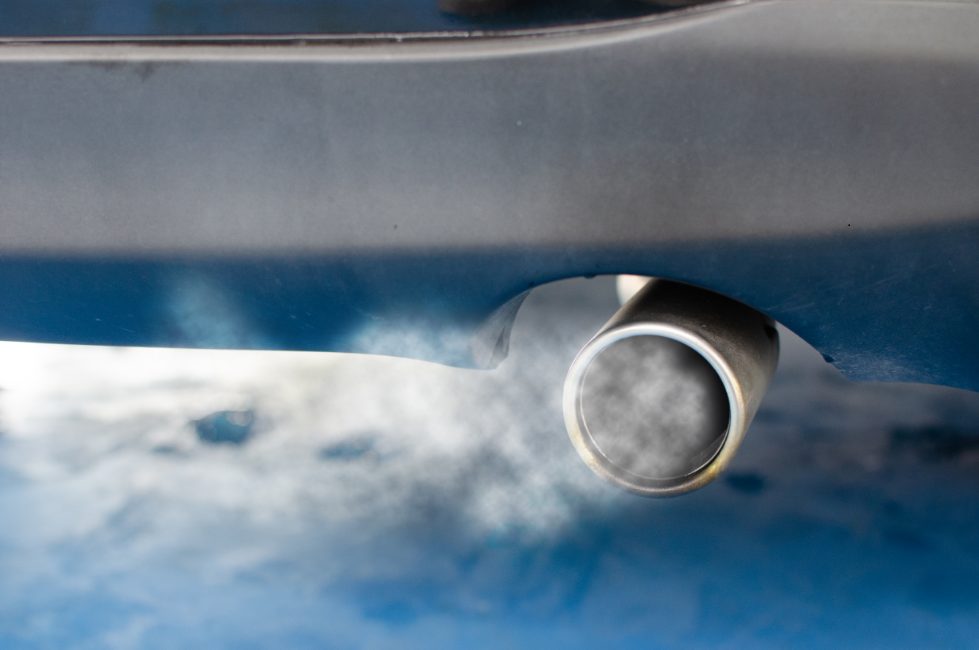Vehicle emissions are a significant environmental concern, particularly in urban areas like NSW, where traffic density is high. It’s important for NSW drivers to educate themselves about vehicle emissions, their impact, and the standards set to control them.

What Are Vehicle Emissions?
Vehicle emissions are pollutants released into the air from the exhaust of an internal combustion engine. Key pollutants include carbon monoxide (CO), nitrogen oxides (NOx), particulate matter (PM), and hydrocarbons (HC), which contribute to air pollution and have various health and environmental impacts.
Types of Vehicle Emissions
Not all vehicle emissions are the same. Each type of emission has different sources and requires specific strategies for control and reduction. Understanding these can help drivers and manufacturers reduce their vehicles’ environmental impact.
Exhaust Emissions
These emissions are the primary byproducts of fuel combustion in an engine. They include a variety of pollutants such as carbon monoxide (CO), nitrogen oxides (NOx), particulate matter (PM), and hydrocarbons (HC). These compounds are major contributors to air pollution and can have significant health and environmental impacts.
Evaporative Emissions
Evaporative emissions occur when fuel vapours escape from the fuel system. This can happen during refuelling or when the vehicle is parked, particularly in hot weather. These emissions contribute to the formation of ground-level ozone and smog, which can exacerbate respiratory problems and other health issues.
Crankcase Emissions
Crankcase emissions escape from the engine’s crankcase, where engine lubrication oil resides. As the engine operates, some combustion byproducts bypass the piston rings and enter the crankcase. Normally, these gases are re-circulated back into the engine for burning, but some can escape, contributing to overall vehicle emissions.
Australian Vehicle Emissions Standards
Australia follows strict vehicle emissions standards to minimise environmental impact. The vehicle emissions standards in Australia are in line with international guidelines and aim to reduce harmful pollutants. NSW drivers must ensure their vehicles comply with these standards, which include limits on NOx, CO, HC, and PM emissions.
Low Emission and Zero-Emission Vehicles
To combat pollution, there has been a significant push towards low emission vehicles (LEVs) and zero emission vehicles (ZEVs) in Australia. LEVs have modified engines and exhaust systems designed to produce fewer emissions than standard vehicles. ZEVs, including electric and hydrogen fuel cell vehicles, emit no exhaust pollutants, offering a cleaner alternative for the environment.
The Importance of Emission Testing
Regular emission testing helps ensure vehicles meet necessary environmental standards. In NSW, emission checks are part of the vehicle registration process, helping identify cars that exceed pollutant levels and require maintenance to control their output.
How You Can Reduce Vehicle Emissions
Regular Maintenance
Regular vehicle maintenance is crucial for reducing emissions. This includes regular engine checks, oil changes, and ensuring the exhaust system is functioning properly. A well-maintained vehicle burns fuel more efficiently, which minimises the emissions released during operation.
Driving Efficiently
Adopting efficient driving habits plays a significant role in reducing vehicle emissions. Avoiding sudden accelerations and heavy braking can lower fuel consumption and decrease the amount of harmful gases released. Using cruise control on highways and maintaining a steady speed can also improve fuel efficiency and reduce emissions.
Using Public Transport
By opting for public transport, you can significantly decrease the number of vehicles on the road, which directly reduces emissions from personal vehicle use. Utilising buses, trains, or shared mobility solutions not only contributes to less traffic congestion but also minimises your personal carbon footprint.
Together, these strategies not only help in reducing emissions but also promote a healthier environment and more sustainable driving practices.
Understanding Vehicle Emissions
Understanding and managing vehicle emissions is crucial for all NSW drivers, not only to comply with legal requirements but also to contribute to a cleaner environment. By adhering to emissions standards and considering the adoption of LEVs or ZEVs, drivers can help reduce air pollution.
Reminder for NSW Drivers
All NSW drivers need valid Greenslip or CTP insurance to drive on NSW roads. Greenslips 4 Earth’s CTP Calculator allows you to easily compare Greenslips prices from leading insurers, ensuring you stay covered while adhering to state regulations. For more information and to compare prices, visit our blog.





